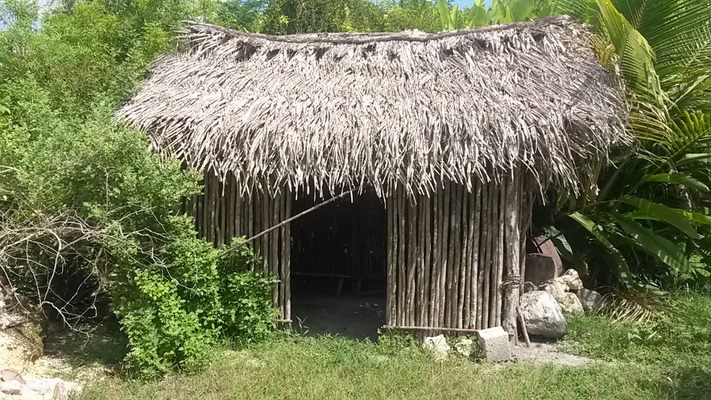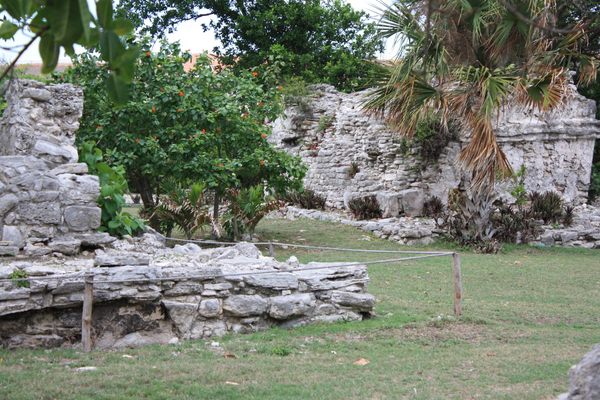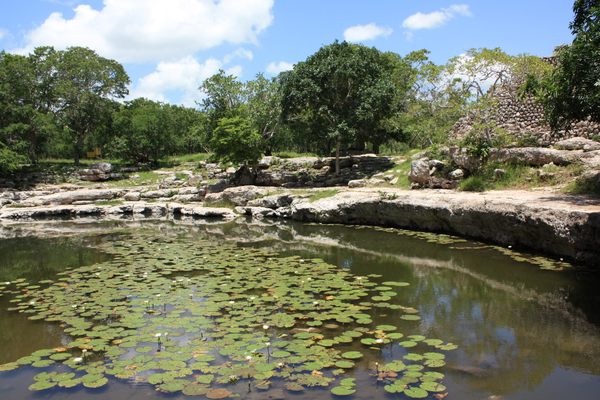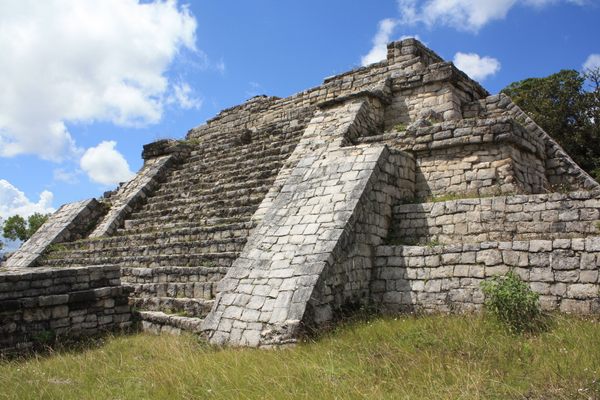About
Excavated by archaeologist Norman Hammond and his team from 1975 to the late 1980s, Cuello has become a conundrum for the scholastic community. When Hammond first published radiocarbon dates for the Cuello site, the discovery mired the fields of Mesoamerican Archaeology and Mayan Studies in a deep controversy: it was, according to the data, the oldest Mayan site excavated to date.
Many scholars were quick to dismiss the report as inaccurate, and several more were, at the very least, hesitant to accept the findings as valid. An alternative method of dating the site was also employed, which involved analyzing the ceramics found and placing the site within a distinct technological “phase” based on similar pottery found at other sites. This, however, only deepened the mystery of Cuello’s age, as the results from the relative dating of the ceramics were mixed. Debate over the approximate age of Cuello still persists, with estimates ranging from 2600 BC to 1200 BC.
What is known, however, is that the residents of Cuello were sedentary maize-croppers who likely lived in thatched houses with bases coated in plaster. Aside from maize, the prime sources of protein would have been white-tailed deer, freshwater turtles, and domesticated dogs.
Burials discovered at Cuello are often mystifying and can vary wildly. One notable interment was that of an adolescent girl, who was decapitated and buried with her head laid on her chest along with two ceramic bowls. Yet another curious burial is that of a tomb that included several grave goods of note, including artifacts made of deer bone and engraved with a pattern that would later become associated with royalty, as well as a plaque fashioned out of a human skull. Given the contents of the grave, it has been determined that this individual was likely a ruler of Cuello. Other elite burials at the site are indicated by the presence of shell and trace amounts of jade.
Two separate mass graves found at the site, each containing nearly-exclusively men with severe physical trauma, also indicate periods of warfare. Additional evidence of warfare includes the burned remains of wooden structures and the desecration of the façades of stone buildings.
A stela dating to 100 has also been found at Cuello; unlike the more visually impressive stelae found at other Mayan sites, this example from Cuello was blank, with no carvings and no indication of paint. It remains, however, an indication of the power of the rulers at Cuello. There is also evidence that indicates a traditional Mayan sweat bath was present at the site.
There has been a lull in excavations at Cuello in recent years; all that is currently unearthed at the site is its nine-stepped pyramid. But, a short walk away from the pyramid to a nearby wooded area will yield a stunning site. The untrained eye may only see hills, but beneath these mounds are what’s left of a ceremonial complex.
Related Tags
Know Before You Go
The ruins are located on the premises of the Cuello Rum Distillery, which is a short drive west from Orange Walk Town. While not officially open to the public, access to the ruins may be granted by the property owners and distillery operators—the Cuello family—who will usually admit people into the site during the distillery's office hours. Visitors wishing to see the ruins may want to call the distillery office beforehand, or coordinate with a local tour guide who can arrange a trip with the management at Cuello. Visitors may also want to opt for a tour of the distillery in addition to seeing the ruins.
Community Contributors
Added By
Published
March 6, 2019
Sources
- https://www.yassermusa.com/uploads/3/4/7/0/3470758/francisco_estrada-belli_the_first_maya_civilizatbookzz.org.pdf
- https://www.cambridge.org/core/journals/american-antiquity/article/lowland-maya-archaeology-at-the-crossroads/37A75A413EF62AA8FB7C208F32B2B9DF
- http://www.latinamericanstudies.org/maya/Cuello-stela.pdf
- https://deepblue.lib.umich.edu/bitstream/handle/2027.42/44641/10814_2004_Article_459122.pdf?sequence=1
- http://www.latinamericanstudies.org/maya/Maya-Exploration.pdf




















































